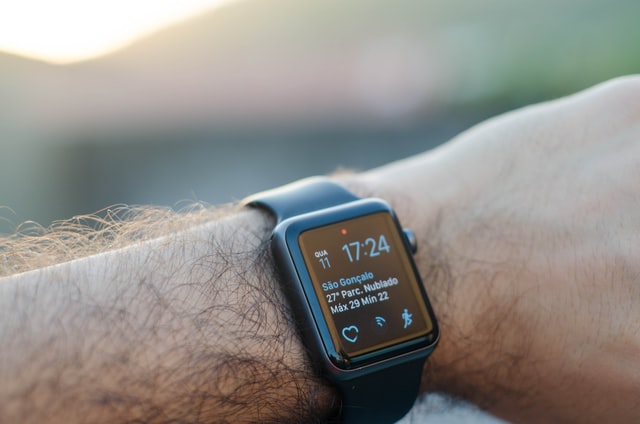Obesity is one of the biggest health issues facing us today. According to a recent report, around 40% of Americans are obese. The good news is that modern technologies are helping to combat this problem. That said, this article explores some of the latest advances, such as wearable devices, artificial intelligence, and virtual reality. Let’s see below how to treat obesity with advanced technology.
Wearable Devices:
Wearable devices can be used to monitor vital signs. It has gained great popularity because it is comfortable to use. Many people prefer using them over others like smartwatches. Moreover, they allow monitoring of your activity. You can measure heart rate directly through various sensors embedded in a wrist band or belt. This kind of device helps you lose weight naturally. In addition, these wearables are small enough so that you won’t feel their presence when wearing clothes. There are many available products on the market. Some of them include Fitbit Flex, Fitbit Blaze, Fitbit Charge 2, Garmin Vivoactive HR, and Xiaomi Mi Band 3.

Artificial Intelligence:
Artificial Intelligence (AI) is another emerging field that is revolutionizing the healthcare industry. With AI, doctors have an edge over traditional methods. They get real-time updates from patients’ data during treatment. As such, the need for physical examinations is reduced. For example, if a doctor diagnoses a disease by examining a patient’s face, he/she cannot do that now. The same applies to other treatments too. AI will help doctors in the following ways. Data analysis: Thanks to a large amount of data available these days, doctors can look at different information and diagnose diseases based on patterns found in patients’ medical records. Personalization: AI enables doctors to offer more personalized care and identify risks early. Diagnosis improvement: Doctors can improve their diagnosis by training AI algorithms to analyze vast amounts of data.
Telemedicine:
Telemedicine allows physicians and specialists to provide remote consultations. Patients no longer need to travel long distances to see a specialist. Moreover, this approach lowers expenses because there is no need for parking fees and hotels. Instead, telehealth makes travelling affordable without compromising quality. There are several benefits associated with telemedicine including access to high-quality services, cost savings, convenience, and better outcomes visit www.majesticslotsclub.net/fr. Several companies have been providing telemedicine platforms. These include Allscripts, Philips, and GE. However, not all of them are effective in reducing healthcare costs.
Virtual Reality:
Virtual reality (VR) has been increasingly popular among users recently. VR headsets emulate everything that happens in the real world but the user gets immersed in the experience. Therefore, using VR will give the user the sensation of being present. Also, it improves visualization, giving users a sense of depth perception. That said, VR offers plenty of opportunities for doctors. For example, it will enable them to conduct the surgery by immersing themselves in a surgical environment. Moreover, they will be able to treat injuries remotely. Furthermore, doctors can perform procedures like joint replacements based on x-rays.
Mobile Health Apps:
Mobile apps play a critical role in improving patients’ lifestyles. Through mobile apps, patients can keep track of symptoms. Besides, they can consult friends or experts about health conditions. Patients also save time because there is no need to visit clinics anymore. Additionally, mobile apps eliminate paperwork as they automatically store scanned documents digitally.

In conclusion, the use of technology in healthcare is transforming the entire sector. It is making life easier for both patients and doctors. Technology helps people live healthier and happier lives.
